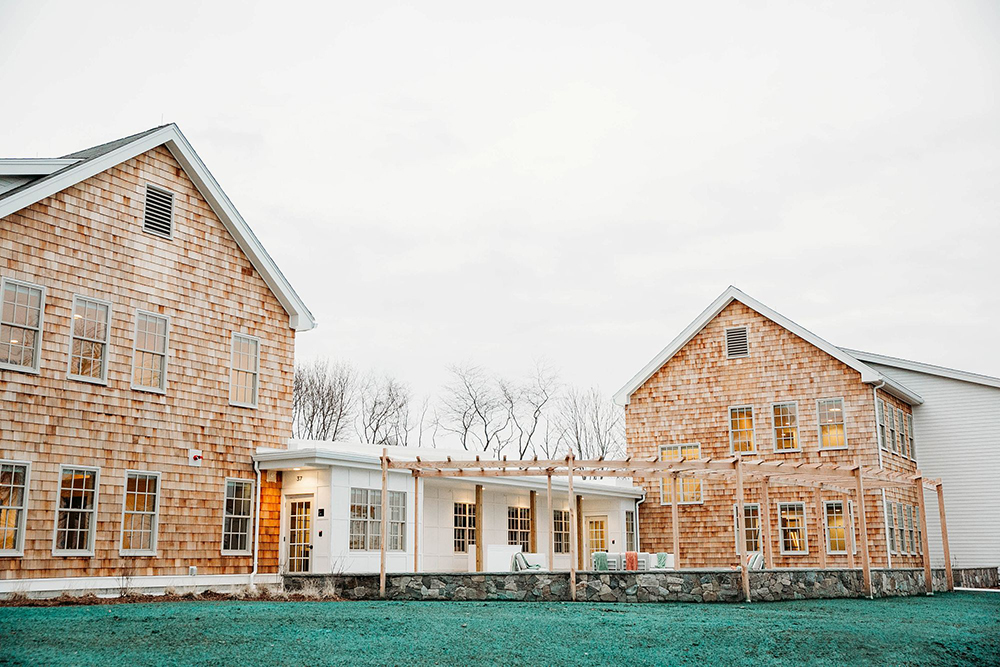Real estate values achieving all-time highs - Steven Elliott

Elliott Gottschalk & Assoc.
Nothing like the warmth of summer, with its long days, and the Red Sox playing almost .700 baseball, to put everyone in a good mood. The economy is still chugging along with real estate values achieving all-time highs. To put it into perspective, per the Warren Group, the highest median sale price for all property types, January through June, prior to the last recession was $329,900 in 2005 and 2006. In 2015, the median price went to $330,000 and in 2016, 2017 and 2018 it has climbed successively higher to $335,000, $354,000 and $379,000. From 2015 to present, the increase is just about 15%, with 2017 to 2018 representing a 7% increase. Single family sales are up about 15% over the three-year period and condominiums are up about 17% over the same period. This is in the face of increasing mortgage rates. As of the first week in 2018, the average 30 year mortgage rate, per FHLMC, was 3.95%. The first week of July saw an increase to 4.55% or 600 basis points. A year ago, LIBOR 1 year rates were 1.74% and they are now 2.82%.
Part of reason values are still being sustained is the limited supply. However, the talk amongst brokers is the market is slowing. You wouldn’t know that if you took a look at the MLS statistics. The single family market had a slight increase in listings, up just over 1% from the same period last year. Days on market fell slightly and the median list price rose 5%. The number of closed sales was down 3.6%, with days on market down from 29 to 27 days. The median price increased 5.68% from $378,500 to $400,000. The multifamily market continues to experience strength with listings up 17%, days on market down 22%, number of listings up 9% and average price up 5.5%. The commercial market saw 10% more listings, with a decline in days on market of 9% and a slight increase in average price and number of units sold of 1% and 1.5% respectively. More interesting statistics, if statistics can be interesting, is the continued shakeout of short sales and lender-owned properties. Those two categories in the single-family market were down 44% for short sales, from 474 in 2017 to 267 in 2018 and down 26% from 1,434 sales in 2017 to 1,057 in 2018. Lots of numbers and lots of figures, but the proof is in the pudding. The market, as I said, is still chugging along.
Now, on to a completely different topic, and one near and dear to me: USPAP. I got an e-mail from The Appraisal Foundation informing both practicing appraisers and users of appraisal services that the IRS has, as of July 30, issued a new revised communication entitled, “Substantiation and Reporting Requirements for Cash and Noncash Charitable Contribution Deductions.” The document now spells out what defines a qualified appraisal. It states in Section III (B) of the rule that appraisals are to be performed by a qualified appraiser according to the “substance and principles of the Uniform Standards of Professional Appraisal Practice [USPAP] as developed by the Appraisal Standards Board of the Appraisal Foundation.” This clarification pertains to charitable contributions of all property types. Not too bad considering the IRS, for years, went by their own set of standards when it came to appraisals.
One last note: As of late, I’ve started reading the Lawyers Weekly and it has proved to be very interesting. In every issue, there are opinions and decisions on a variety of real estate related topics, some of which have implications regarding and affecting value. For example, this past issue delved into decisions on zoning, condominium parking rights and real property reversionary interests. They also always include one or two rulings from the Appellate Tax Board which, by the way, are also available on the Mass.Gov website. So, have a great rest of the summer and take advantage of the light for all those extra inspections you’re making, with such a good market still in place.
Steven Elliott, SRA, MRA, is principal at Elliott Gottschalk & Associates, Ashland, Mass.
Preservation of Affordable Housing secures $23.5 million in financing from Rockland Trust and Citizens Bank


Examples of investors who used Kay Properties for legacy and estate planning purposes for rental property/portfolios - by Dwight Kay









